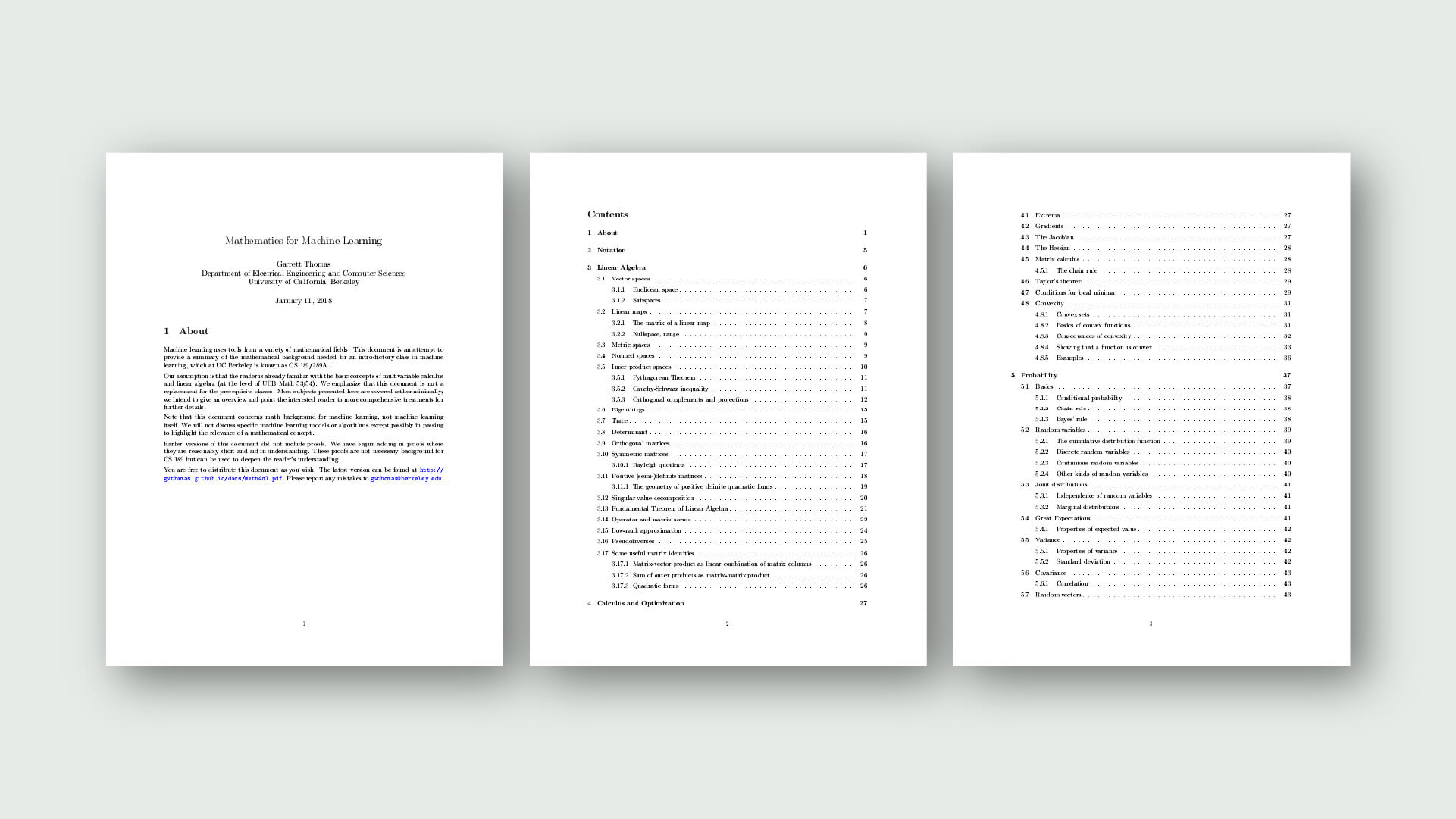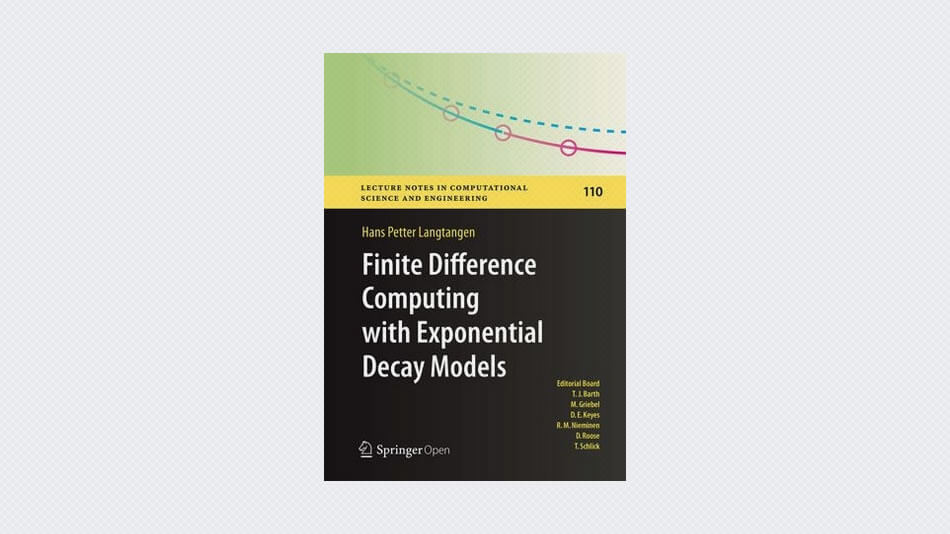While arithmetic deals with sums, differences, products, and quotients, calculus deals with derivatives and integrals. The derivative and integral can be described in everyday language in .terms of an automobile trip. An automobile instrument panel has a speedometer marked off in miles per hour with a needle indicating the speed. The instrument panel also has an odometer which tallies up the distance traveled in miles (the mileage).
Both the speedometer reading and the odometer reading change with time; that is, they are both ‘functions of time.’ The speed shown on the speedometer is the rate of change, or derivative, of the distance. Speed is found by taking a very small interval of time and forming the ratio of the change in distance to the change in time. The distance shown on the odometer is the integral of the speed from time zero to the present.
Distance is found by adding up the distance traveled from the first use of the car to the present. The calculus has a great variety of applications in the natural and social sciences. Some of the possibilities are illustrated in the problems. However, future applications are hard to predict, and so the student should be able to apply the calculus himself in new situations. For this reason it is important to learn why the calculus works as well as what it can do. To explain why the calculus works, we present a large number of examples, and we develop the mathematical theory with great care.





